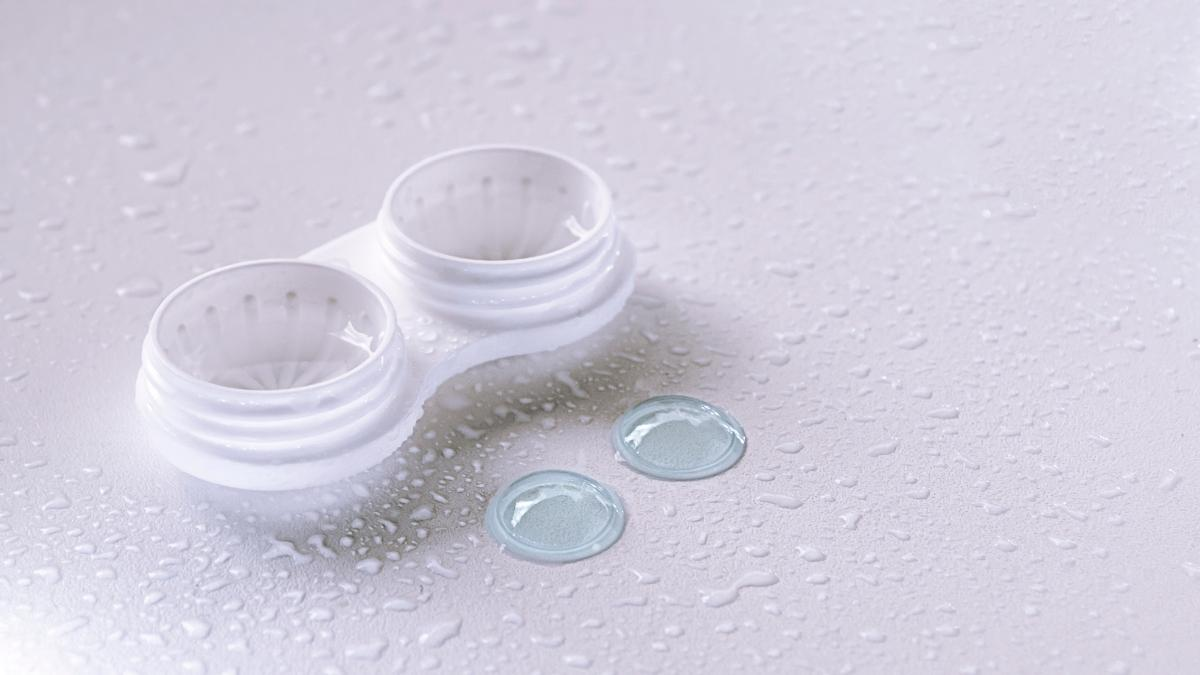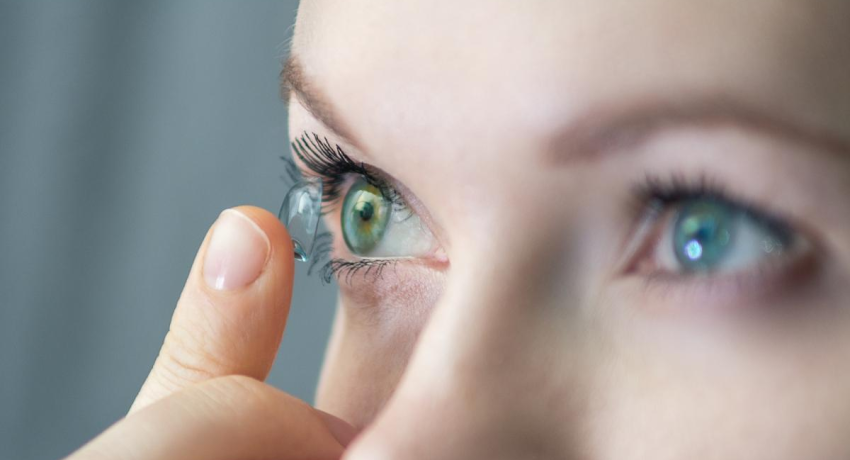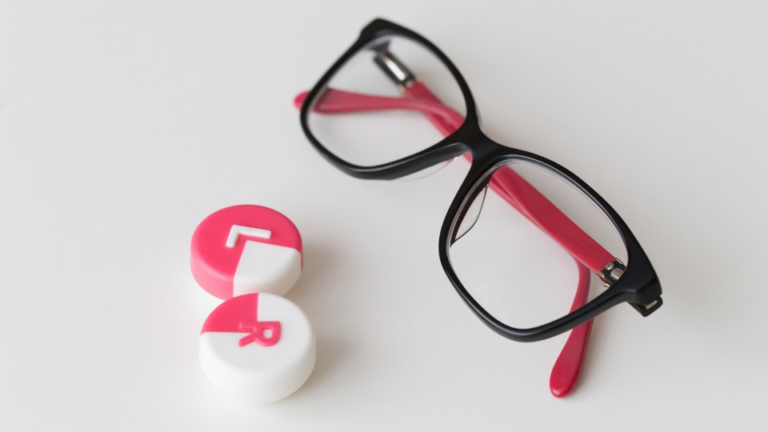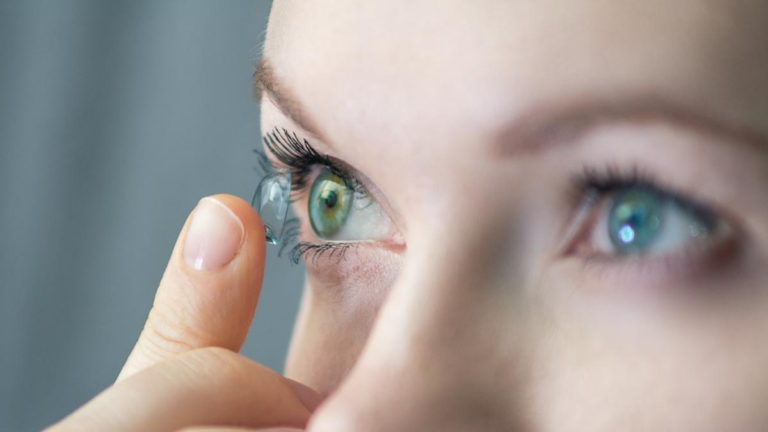As medical devices continue to evolve, they are becoming increasingly discreet and high-performance. Two primary examples of this evolution are contact lenses and hearing aids. In this article, we will focus on the latest improvements in contact lens technology, which provide a comfortable and efficient alternative to traditional eyewear.
The Growing Popularity of Contact Lenses
Contact lenses have come a long way since their inception in the 1880s. Over time, these vision correctors have become more user-friendly and accessible for a broader range of people seeking optical solutions. Initially limited to those with specific eye conditions, today’s contacts cater to a wider array of prescriptions and individual needs.
Advantages of Using Contact Lenses
There are several reasons why contact lenses have risen in popularity over the past few decades. First, contacts provide a more comprehensive view than eyeglasses do and eliminate any obstruction caused by frames. Unlike eyeglasses, they move with your eyes, ensuring constant, clear vision without any distortion due to movement.
You don’t have to worry about glasses falling off or fogging up during exercise – contact lenses stay put and offer better functionality during physical activities. And, for those who prefer not to wear eyeglasses for cosmetic reasons, contacts serve as an unnoticeable alternative.
An In-Depth Look at Different Types of Contact Lenses
Thanks to continuous advancements in technology, there is a wide variety of contact lenses available on the market catering to different preferences and needs. You can, for example, consider checking out the range of contact lenses at Optical Center UK.
Material-based Categories
- Soft contact lenses: Made from water-absorbing hydrogel or silicone hydrogel materials, soft contacts are thin, flexible, and provide high levels of comfort. A popular choice for first-time users, they can correct nearsightedness, farsightedness, astigmatism, and presbyopia.
- Rigid gas permeable (RGP) lenses: RGP lenses are composed of durable plastic that allows oxygen to pass through, ensuring eye health. Though initially less comfortable than soft lenses, these contacts offer crisper vision and can correct various prescriptions, including high astigmatism and keratoconus.
Wearing Schedule-based Categories
- Daily disposables: These single-use lenses are convenient and require no cleaning. Discarding them at the end of each day helps decrease the chance of eye infections and ensure optimal hygiene.
- Extended wear contacts: Depending on the material and design, these types of contact lenses can be worn for several days up to a month without removal, providing more extended use of uninterrupted clear vision.

Speciality Lenses
Apart from regular corrective lenses, there are speciality options for individuals with unique eye conditions or specific requirements.
- Toric lenses: Designed to address astigmatism, toric lenses help stabilize the optic zone and provide superior vision correction over standard spherical contacts.
- Color-enhancing contacts: Whether for cosmetic or functional reasons, these lenses can enhance or change your natural eye colour and come in both prescription and non-prescription versions.
- Orthokeratology (ortho-k) lenses: These rigid lenses are worn overnight to reshape the cornea and temporarily correct refractive errors like myopia. Their effects last throughout the day, potentially eliminating the need for wearing contact lenses or eyeglasses during waking hours.
Finding the Right Contact Lenses for You and Embracing Better Vision through Advanced Technology
To select the best contact lenses for your specific needs, it is crucial to consult with a licensed optometrist or ophthalmologist who will evaluate your eye health and determine your prescription and recommend appropriate lens type and material based on your individual requirements and lifestyle. He also will explain proper care, including how to insert, remove, clean, and store your contacts, and conduct regular follow-up appointments to monitor any changes in your eyesight or eye health and adjust your prescription if needed.
The rapid advancements in medical devices such as contact lenses have allowed for more discreet and high-performing vision solutions. With their broad range of benefits compared to traditional eyewear, it’s no wonder that contact lenses continue to grow in popularity among people seeking better eye health and clearer vision.









